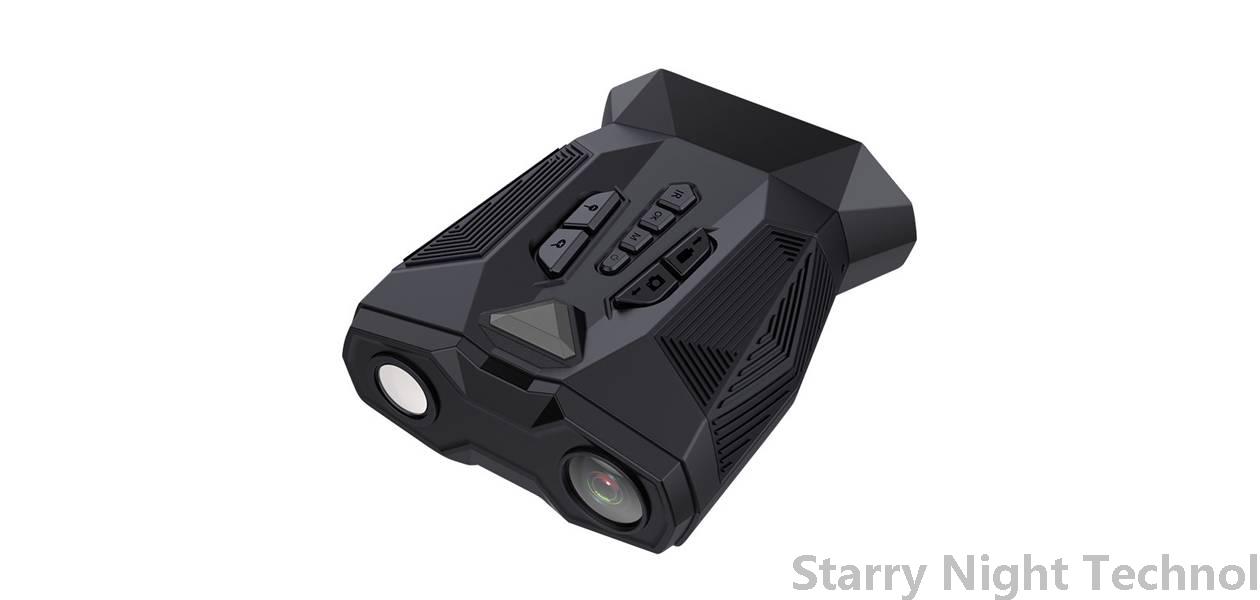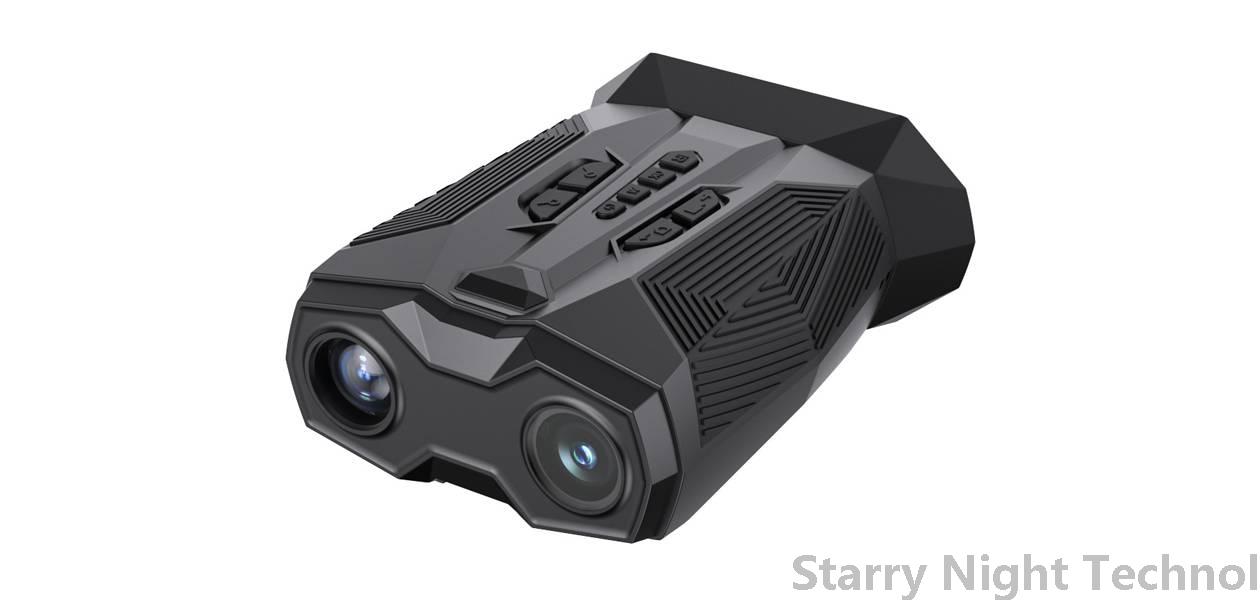Future Trends in Night Vision Technology for Defense
1763258484000

The evolution of night vision technology has been pivotal in enhancing the operational capabilities of military and defense forces worldwide. As we delve into the future of this critical technological realm, several trends are set to redefine how armed forces leverage night vision systems on and off the battlefield. Several overarching themes characterize these advancements — from miniaturization and increased performance to AI integration and improved usability.
#### 1. **Enhanced Sensor Capabilities**
Night vision technologies have traditionally relied on image intensifier tubes or thermal imaging sensors. However, upcoming advances will likely involve a more sophisticated fusion of various sensor types. The combination of traditional near-infrared (NIR) with mid-wave infrared (MWIR) detectors is poised to provide unparalleled situational awareness at night. Multi-spectral systems that merge information from different wavelengths can yield better object recognition, allowing soldiers to identify friend from foe with higher accuracy.
Moreover, the introduction of graphene-based sensors could revolutionize low-light visions by providing exceptional sensitivity while maintaining lightweight characteristics. These sensors will enable enhanced detection of objects even under minimal light conditions, thereby augmenting mission effectiveness.
#### 2. **Miniaturization and Wearable Tech**
As cutting-edge materials and engineering techniques develop, equipment continues to shrink in size while improving functionality. Night vision goggles (NVGs) are evolving from bulky aspects to compact designs that retain high performance. Miniaturization allows these devices to be integrated seamlessly into helmets, uniforms, and other gear without compromising mobility or burdening soldiers.
Wearable night vision technology is also gaining traction. Smart glasses equipped with augmented reality (AR) overlays display vital information directly within the soldier's line of sight. Besides real-time data, such as navigation instructions or intel updates, these smart glasses may integrate thermal imagery, allowing operators to assess changing combat scenarios swiftly.
#### 3. **Artificial Intelligence Integration**
The convergence of artificial intelligence (AI) with night vision capabilities introduces exciting possibilities. A growing trend is the development of intelligent algorithms capable of analyzing visual feeds instantly. Such systems can assist operators by highlighting threats autonomously, reducing response time, especially in fast-moving situations where split-second decisions are crucial.
For instance, AI-powered facial recognition capabilities might allow security personnel to identify known adversaries in darkness. Furthermore, machine learning algorithms can enhance image processing, enabling clearer visuals under difficult night conditions or through layers of foliage, optimizing reconnaissance efforts significantly.
#### 4. **Drones and Unmanned Systems**
 Drone operations will become smarter, utilizing AI not just for task optimization but also for collision avoidance and obstacle detection during night flights. With UAVs integrating multi-spectral and fused imagery, ground forces will enjoy comprehensive situational awareness, minimizing risk and enhancing operational success rates.
Drone operations will become smarter, utilizing AI not just for task optimization but also for collision avoidance and obstacle detection during night flights. With UAVs integrating multi-spectral and fused imagery, ground forces will enjoy comprehensive situational awareness, minimizing risk and enhancing operational success rates.#### 5. **Improved User Interfaces**
Future developments in night vision technology aim not only at enhancing hardware but also at creating intuitive user interfaces. Touchscreen displays, voice commands, and gesture-based controls promise to make night vision devices easier to use in chaotic environments. This ease of use ensures that soldiers can focus on their primary tasks rather than grappling with complicated mechanisms when quick reactions are necessary.
Additionally, modular designs that permit swift upgrades or replacements — similar to contemporary smartphones — will empower users to adjust functionalities based on specific needs without having to replace entire systems. This adaptability could substantially reduce costs over the life cycle of night vision systems.
#### 6. **Sustainability and Energy Efficiency**
As environmental concerns continue affecting global policies, sustainability will also influence night vision technology's trajectory. Manufacturers are moving towards developing energy-efficient technologies that extend battery life, reducing logistical challenges linked with power supply on the battlefield.
Research into alternative power sources, like solar charging solutions, could change the game entirely, particularly in prolonged field deployments. Consequently, engineers strive for sustainable production methods, such as using recyclable materials, to lessen the ecological footprint of these critical defense components.
#### 7. **Cybersecurity Considerations**
With heightened connectivity among military assets, including those featuring night vision capabilities, cybersecurity becomes another focal point. Ensuring secure communications and mitigating risks from cyberattacks will be paramount as troops rely increasingly on digital networks for sharing sensitive nighttime intel. The implementation of robust encryption and authentication measures for night-vision-equipped systems will safeguard against unwanted intrusions and espionage.
### Conclusion
The landscape of night vision technology for defense is entering a transformative phase defined by unprecedented advancements. Enhanced sensor capacities, coupled with the rise of AI, drone applications, and improved user experiences, hold immense potential for the battlefield dynamic. As these innovations unfold, they herald a new era of strategic advantages, extending beyond mere visibility in low-light scenarios to fostering overall mission effectiveness. Balancing these advancements with considerations for sustainability and cybersecurity remains equally crucial, ensuring that the military enhancement does not compromise holistic safety and ethical standards. In sum, the future of night vision technology is bright—and undoubtedly full of potential.
Essential night vision device productsStarry Night Technol

